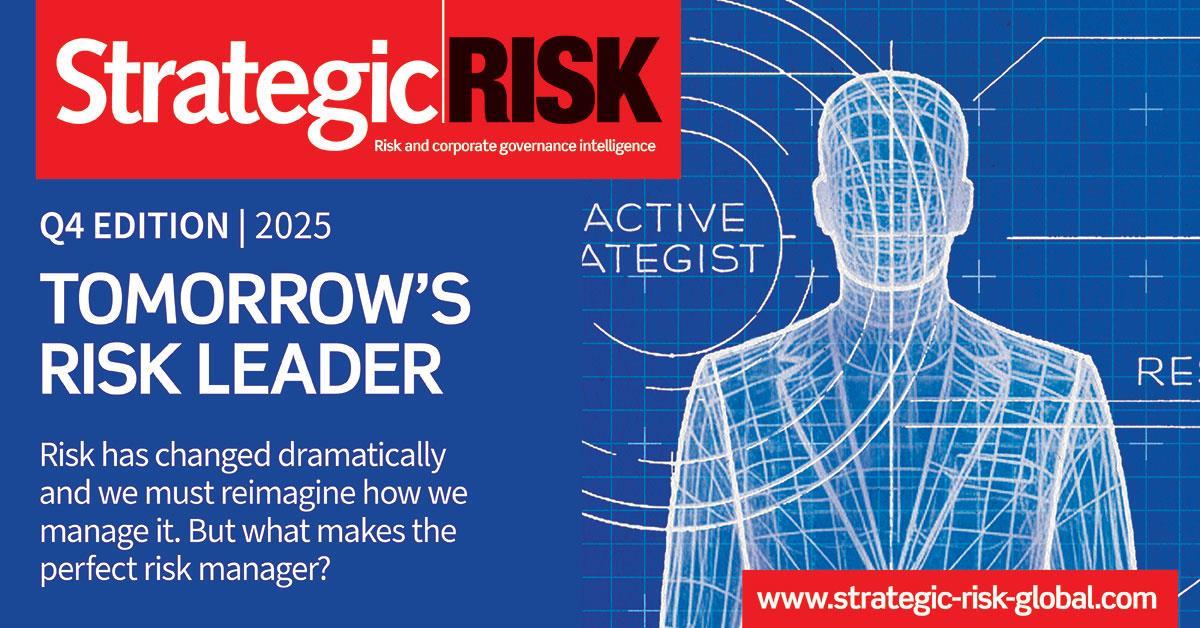As captives grow in size and sophistication, risk managers are being urged to revisit how these vehicles support strategic risk, resilience and revenue. From emerging lines to protected cells, here’s what the latest data reveals.

As captives continue to gain ground, their role is shifting from a niche insurance tool to a central pillar of corporate risk strategy.
According to Marsh’s latest benchmarking study, Marsh managed global captive gross written premium reached $77bn in 2024, a 6% increase on the previous year. There were 92 new formationsand a growing trend towards adding more lines of business to existing captives.

But the real story lies beneath the growth figures. More organisations are expanding the risks written through their captives. Marsh data shows continued growth in traditional lines like property and general liability, alongside a surge in demand for evolving exposures. The most notable growth areas include cyber, employee benefits. D&O, trade credit, political risk and supply chain.
“We’re seeing a trend where companies are not only putting these risks in the captive, they’re taking more risk on the current lines as well,” said Rob Geraghty, international consulting and sales leader at Marsh Captive Solutions. “Cyber and D&O gross written premium are both up over 150 million, trade credit is up over 100 million, political risk is at 75 million and supply chain has grown to 25 million.”
These are not new risks, but their volatility and evolving nature make them difficult to place in the commercial market, prompting many companies to retain a proportion of them within their captives. Capacity gaps are also driving demand, particularly to manage escalating threats such as cyber.
Geraghty noted that captives are being used in more creative ways to fill those gaps. “They can play a role in many areas,” he explained. “It may take a layer at the bottom, in the middle, it may take layers at the top.”
“We’re seeing a trend where companies are not only putting these risks in the captive, they’re taking more risk on the current lines as well”
“Cyber has really been the star of the show. Five years ago, we had about $30 million in cyber premium. Now we’re up to $170 million, and that’s still just a small fraction of what’s possible.” Notably, 18% of Marsh’s largest captives now write cyber, with retention levels ranging from $250,000 to more than $100 million.
At the same time, interest in alternative structures is growing. Protected cell companies (PCCs), for instance, offer a faster and lower-cost route to market. These structures can offer a stepping stone for organisations not ready to commit to a full standalone captive, or act as a test bed for covering more volatile or difficult-to-place risks.
Parametric clauses and multi-year, multi-line arrangements are also being explored to improve flexibility and responsiveness. For multinational companies, these options bring greater agility in responding to diverse regulatory environments and evolving market pressures.
Time to reassess your captive strategy
For companies already operating a captive, Geraghty said a regular review is essential.
Many organisations are no longer satisfied with using their captive for one or two risks. Many are now asking more questions such as: Are we retaining the right amount of risk? Should we add emerging exposures like cyber or supply chain disruption? Could the captive support our broader business strategy?
“For the first time in five years, we have done more strategic reviews than feasibility studies,” he said. That shift, he explained, reflects a new phase. Companies are reassessing long-standing structures, asking what their captive strategy should look like over the next five or ten years, and revisiting core questions around lines of business, risk appetite and structure.
However, he highlights captive objectives should be clear and monitored by parent companies to ensure they are getting the most out of their arrangements. “You have to have a clear set of objectives for the captive that may evolve,” he said.
“The companies that get the most from their captives are the ones treating them not as a simple insurance vehicle, but as a strategic asset”
“Some companies may have had the same retention for a number of years, for example on the same line of business, but now are looking at what they can add new in” he said. “Many are reviewing should I be retaining more? And should I be adding new lines?”.
Even modest changes can unlock value. More importantly, strategic reviews help organisations define a clearer journey forward, instead of passively letting their captive run on autopilot. From supporting emerging risks to generating new revenue streams, the captive is being reimagined as a dynamic enabler of strategic resilience.
One area with growing potential is the integration of captives with broader enterprise risk and finance strategies. As captives mature, they can offer valuable insights into loss trends, risk appetite and capital allocation, which in turn can inform wider decision-making across the business. Embedding captives in this way elevates them beyond a financing tool and into a source of strategic intelligence.
“The companies that get the most from their captives are the ones treating them not as a simple insurance vehicle, but as a strategic asset,” concluded Geraghty.









